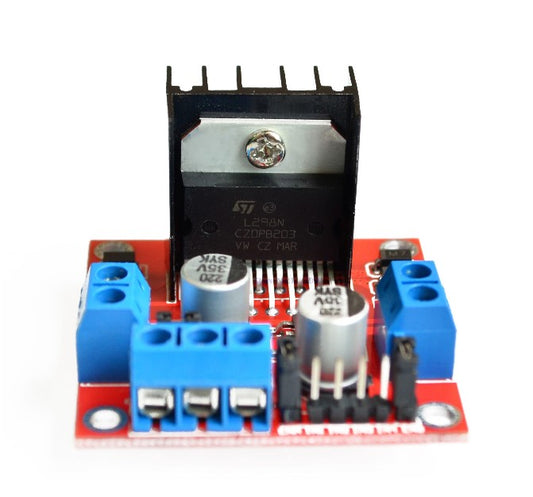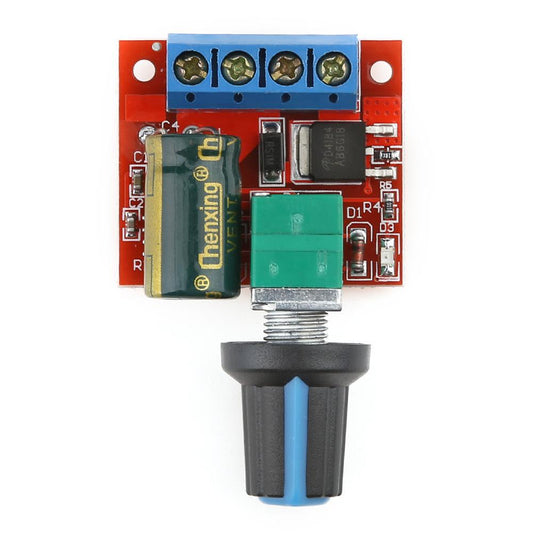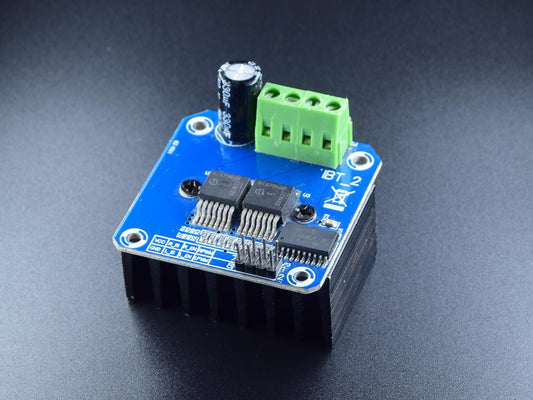Motor Drivers PWM - Pulse-width modulated motor drives are turning into the predominant technique for variable speed engine control, and are being utilized in industry as well as in applications as assorted as electric vehicles and homegrown forced air systems. PWM drives produce complex waveforms, both on the engine yield and in the electrical stock to the drive. This article first glances at the electrical qualities of PWM engine drives and afterward subtleties the electrical estimations utilized for a legitimate investigation.
Speed control of an AC engine requires a three-stage supply that can change both voltage and recurrence. Such a stock makes a variable speed pivoting field in the stator that permits the rotor to turn at the necessary speed with low slip. This AC engine drive, or PWM, can productively give full force from zero speed to max throttle, can over speed if vital, and can, by changing stage turn, effectively give the bi-directional activity of the engine.
Albeit the standards of PWM drives are not new, propels in power semiconductors, control hardware, and chip have expanded their fame. Adding to this are vector control techniques that give the AC drive the ability and adaptability of a full DC engine drive.
Working Mechanism of Motor Drivers PWM
Most PWM drives work with a fixed transporter recurrence that is a few times higher than the most noteworthy yield recurrence that will be utilized. As mechanical drives work with a yield recurrence from a couple of Hertz up to around 100 Hz, they utilize a transporter recurrence in the scope of 2 kHz up to around 10 kHz. As force semiconductors improve, the pattern is to expand transporter frequencies up to ultrasonic frequencies (> 18 kHz), which can bring down misfortunes in the engine since the current is more sinusoidal. The drawback is higher exchanging misfortunes in the inverter and the potential for more transmitted recurrence clamor. Accordingly, cautious estimations should be made on drive info and yield to settle on the ideal transporter recurrence decision for a given application.
Albeit the PWM yield voltage contains an enormous number of recurrence parts other than the central, these segments are by and large of higher recurrence and stifled by the inductance of the engine winding. Notwithstanding, an engine isn't just an inductor and it is accordingly significant that the adjustment of the transporter recurrence is intended to create a current that is pretty much as sinusoidal as could be expected. Specifically, care should be taken to limit low-arrange symphonious voltages as the impedance of the engine to these voltages is low.
Final Line
Mentioned are the details about Motor Drivers PWM and their working mechanism, you can get into the details to know the exact working and usage of Motor Drivers PWM. You can get into the details for further information
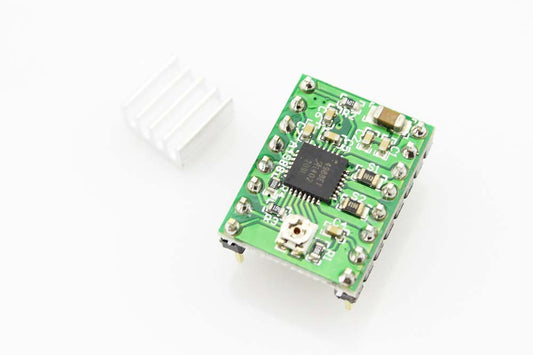 Sold out
Sold out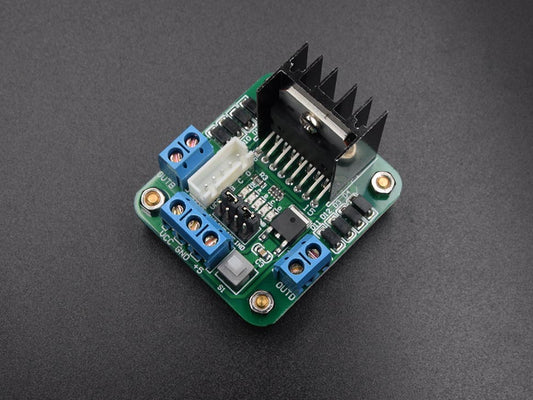 Sold out
Sold out Sold out
Sold out Sold out
Sold out Sold out
Sold out
